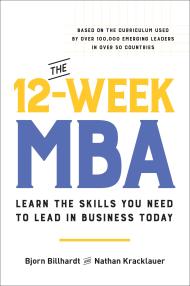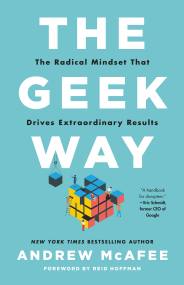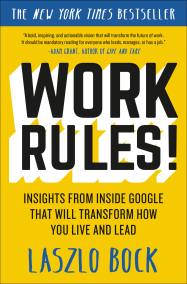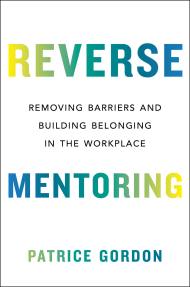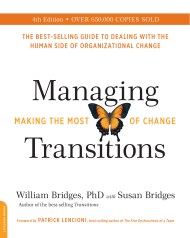Whiplash
How to Survive Our Faster Future
Contributors
By Joi Ito
By Jeff Howe
Formats and Prices
Price
$11.99Price
$15.99 CADFormat
Format:
- ebook $11.99 $15.99 CAD
- Hardcover $28.00 $36.50 CAD
- Trade Paperback $17.99 $23.49 CAD
- Mass Market $9.99
This item is a preorder. Your payment method will be charged immediately, and the product is expected to ship on or around December 6, 2016. This date is subject to change due to shipping delays beyond our control.
Also available from:
This “brilliant and provocative” (Walter Isaacson) guide shares nine principles to adapt and survive the technological changes shaping our future from the director of the MIT Media Lab and a veteran Wired journalist.
The world is more complex and volatile today than at any other time in our history. The tools of our modern existence are getting faster, cheaper, and smaller at an exponential rate, transforming every aspect of society, from business to culture and from the public sphere to our most private moments. The people who succeed will be the ones who learn to think differently.
In Whiplash, Joi Ito and Jeff Howe distill that logic into nine organizing principles for navigating and surviving this tumultuous period:
Filled with incredible case studies and cutting-edge research and philosophies from the MIT Media Lab and beyond, Whiplash will help you adapt and succeed in this unpredictable world.
The world is more complex and volatile today than at any other time in our history. The tools of our modern existence are getting faster, cheaper, and smaller at an exponential rate, transforming every aspect of society, from business to culture and from the public sphere to our most private moments. The people who succeed will be the ones who learn to think differently.
In Whiplash, Joi Ito and Jeff Howe distill that logic into nine organizing principles for navigating and surviving this tumultuous period:
- Emergence over Authority
- Pull over Push
- Compasses over Maps
- Risk over Safety
- Disobedience over Compliance
- Practice over Theory
- Diversity over Ability
- Resilience over Strength
- Systems over Objects
Filled with incredible case studies and cutting-edge research and philosophies from the MIT Media Lab and beyond, Whiplash will help you adapt and succeed in this unpredictable world.
-
"WHIPLASH remarkably, entertainingly, and, most importantly, optimistically gives critical context for the exponential evolution in which we find ourselves, then provides a path toward adaptability and flexibility. In short, it's a badass read."J. J. Abrams
-
"This book is a brilliant and provocative guide to reading the tea leaves of technological change. It's a great mix of stories, analysis, and practical tips. Read it or get left behind."Walter Isaacson, bestselling author of Steve Jobs and president and CEO, Aspen Institute
-
"Earnestly followed, their nine principles will promote fluidity, exalt hybridity, make our brains receptive and elastic, in other words prepare us to navigate our present and grow our future."Paola Antonelli, senior curator, Museum of Modern Art
-
"This book is an essential and pragmatic guide to navigating our technologically accelerating future. Joi and Jeff have distilled nine excellent principles that you can ignore only at your peril. Read this book to accelerate your thinking and become part of the future instead of part of the past."Reid Hoffman, cofounder, LinkedIn
-
"A vitally important book, one worth reading and then rereading. Joi and Jeff will open your eyes, inspire you, and help you teach the others. Every three pages you'll find another reason to reset what you thought you knew about the world. A must read."Seth Godin, author of Survival Is Not Enough
-
"Readers interested in technology, science history, futurism, innovation, and entrepreneurship will find this book to be very fascinating, thought provoking, and focused."Booklist
-
"This provocative gem is a must-read for anyone interested in the cutting-edge research and exploration happening at MIT's Media Lab, innovation at countless universities and companies worldwide, or futuristic thinking in general."Publisher's Weekly
-
"This exhilarating and authoritative book actually makes sense of our incredibly fast-paced, high-tech society. A standout among titles on technology and innovation, it will repay reading--and rereading--by leaders in all fields."Kirkus (starred review)
- On Sale
- Dec 6, 2016
- Page Count
- 288 pages
- Publisher
- Grand Central Publishing
- ISBN-13
- 9781455544585
Newsletter Signup
By clicking ‘Sign Up,’ I acknowledge that I have read and agree to Hachette Book Group’s Privacy Policy and Terms of Use


